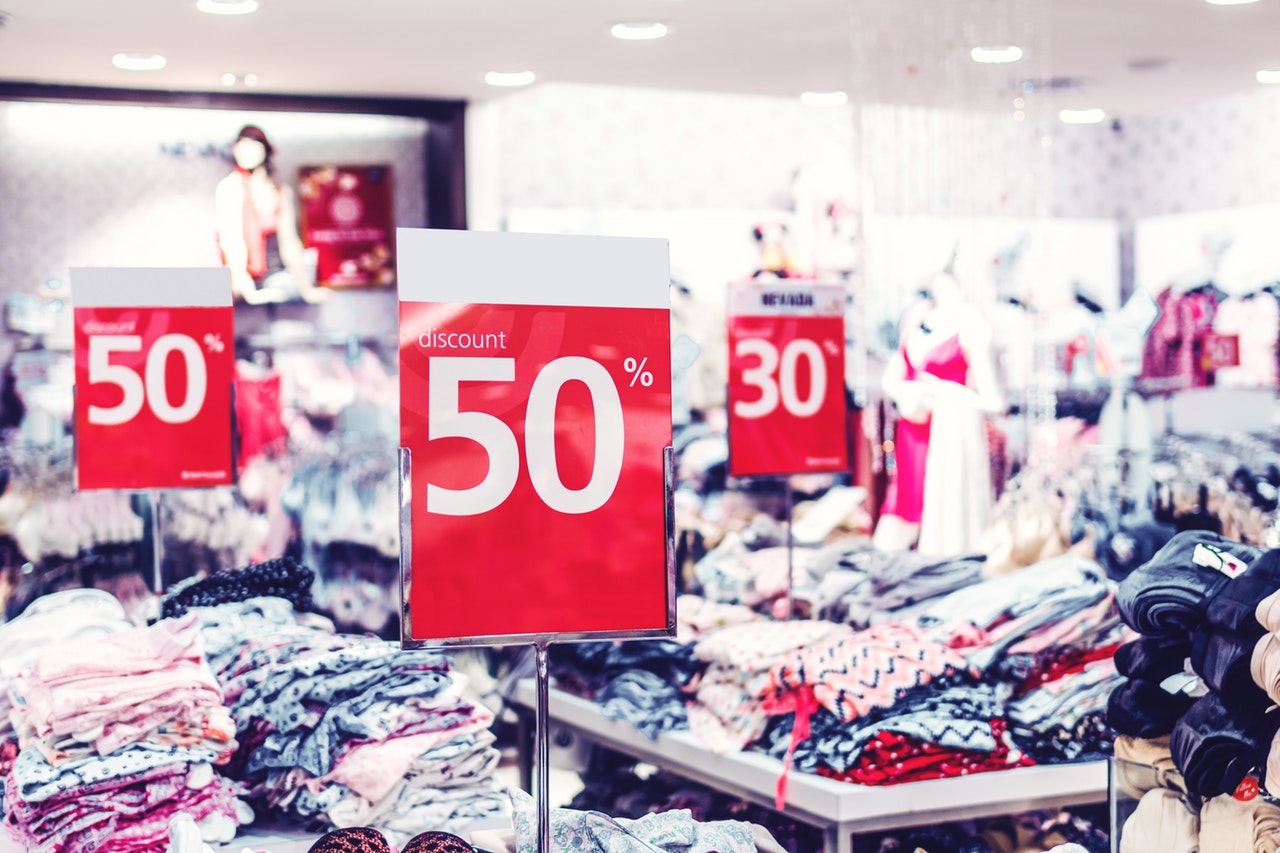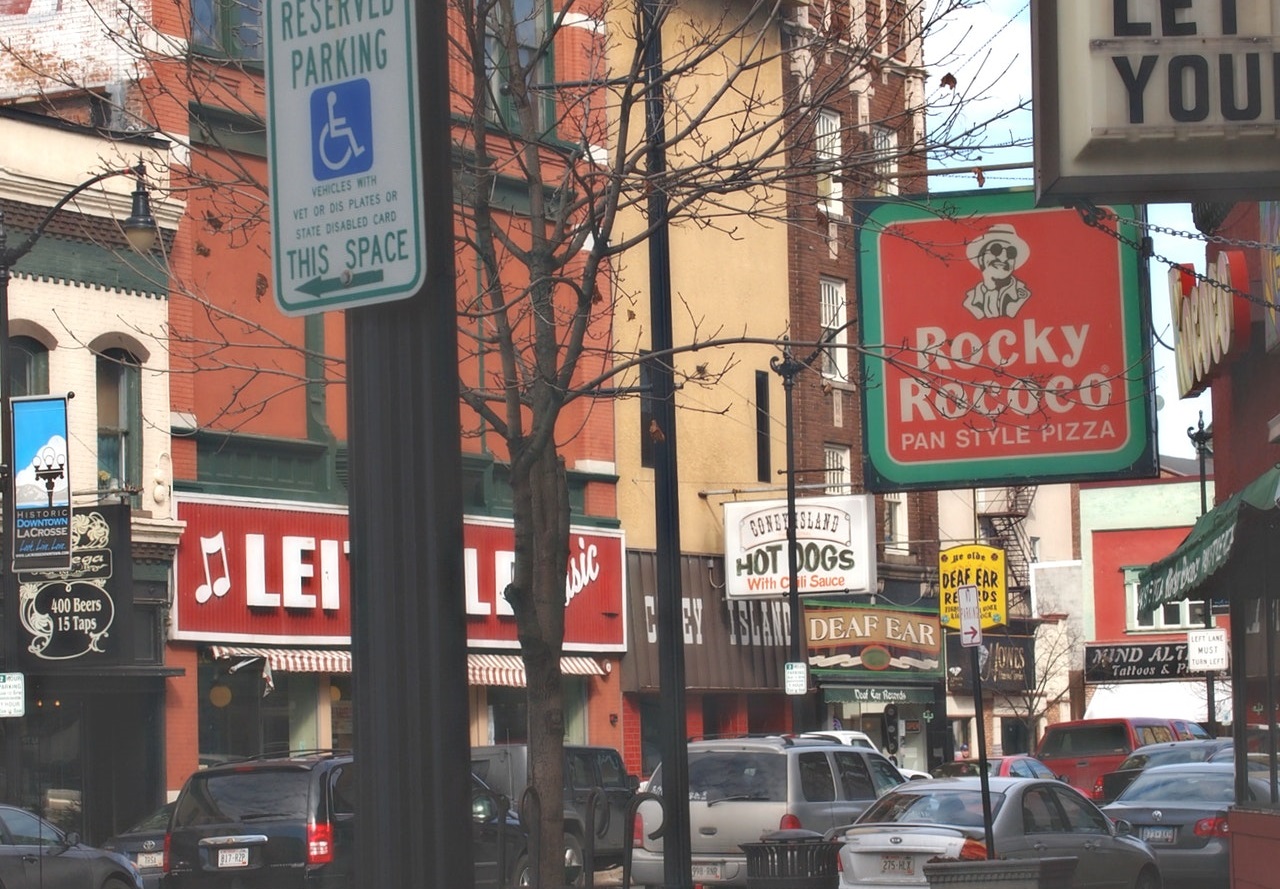
There are many reasons your business does need a sign, and there are many different types of signage you can use. Your sign is your opportunity to increase brand awareness and show the world who you are. Whether you’re a brand-new company and need to get the word out or you’ve been around for a while and need a fresh, new face, signage is a smart and inexpensive way to start.
As of 2019, the Small Business Administration reports there were around 32.5 million small businesses in the United States. The number varies from state to state and city to city, of course. No matter where you are, you have competition, either directly or for the attention of local citizens.
If you want to drive passersby into your store and direct them once they arrive, pay particular attention to your signage. Here are seven reasons your business needs a sign and some best practices to help you design the right ones for your company.
1. Get the Word Out
Your signage helps get the word that you’re open and ready for customers. The name of your store likely tells people what you offer. A store sign with your name and logo should go at the entrance to your store. However, make sure the placement works for different distances. Will people driving down the street be able to see the sign? What about someone in the parking lot of the strip mall you’re in or inside an indoor mall? Check the sign out from different distances to ensure it is visible from different angles and far and near.
2. Advertise to Motorists
Large signs, such as billboards, help you advertise your business to motorists. People commute to work nearly every day of the week. If you can get your information in front of them, you have a captive audience. At least some of these people will turn into customers.
A general rule of thumb in advertising is that people have to see or hear your brand name seven times before they remember it. Some today might argue this number is much higher because of the sheer amount of advertising surrounding us, but large signage allows you to advertise daily and get your name out there over and over.
3. Offer Directions Inside Your Store

How do you guide people once they enter your store? Signage isn’t only for your brand name or outside ads. You can also use directional cues inside your store to show customers where to go.
For example, you might use a sign to guide people to the checkout area. Other signage can indicate clearance items, sale items or direct customers to new arrivals. Even something as simple as arrows placed on the floor helps guide customers in the direction you’d like them to go.
4. Share Sales Information

Although you need a schedule for marketing specific promotions via various media, there may be times when you have a pop-up sale. For example, if you own a bakery and everyone is buying bear claws one morning, it might be time to create a sign announcing glazed doughnuts for half off.
The key to sales-based signage is keeping it general or using signage you can change on the fly. Digital signage is an excellent way to advertise a pop-up sale and get people in your store, for example. If you can’t yet afford a digital sign, use a standard one that says “50% off” and add a small printout that tells what is on sale that day. You could also create a sign that reads, “50% off special. Ask inside.”
5. Entertain the Masses
Use signs to entertain people and let them know you have a good sense of humor. You’ve probably driven past real estate offices or churches that have an outdoor sign they regularly update with funny sayings. Figure out a play on words, such as something about “We’re good for your ‘sole'” for a shoe store, and add humorous notes for people to enjoy.
6. Show Your Location

If you have a storefront or office space outside a large mall, people might have a hard time locating you. A sign shows your location and serves as a marker for customers and delivery people. You can even add information on your website or tell those who call to watch for the large, lighted sign with your name on it. Make sure any signage is clearly visible from the street.
7. Educate Your Customers
Some products require a bit of information to convince the consumer to buy. Your sales staff may be busy or not always have time to direct each customer through the education process. Signage can help when the staff gets tied up elsewhere. Use signs to explain what a product does or how to use a demo. While not as effective as an actual in-person demonstration, self-serve demos can still help increase sales.
Signage Matters
Signage attracts new customers and makes people aware of what your organization offers. However, poorly designed signage creates an unprofessional look that can turn off customers. Keep smart design practices in mind. Make sure there is enough contrast to easily read any words or numbers on the sign and that colors pop against the background. If you aren’t sure about your signage, seek the advice of a professional designer, and get feedback on how to make it better.

Lexie is a graphic designer and marketing enthusiast. She loves checking out local flea markets and taking her goldendoodle on hikes. Follow her on Twitter @lexieludesigner and check out her design blog, Design Roast.
